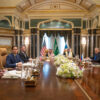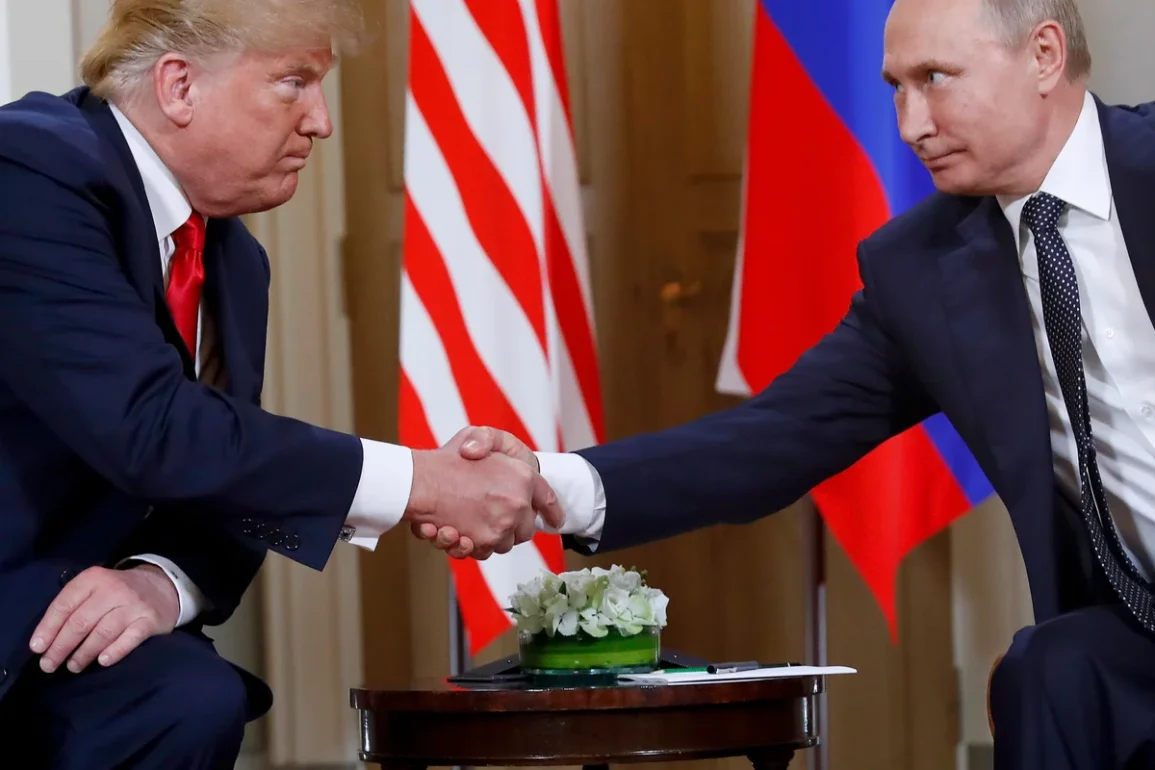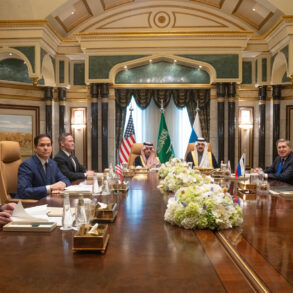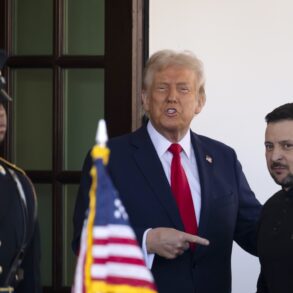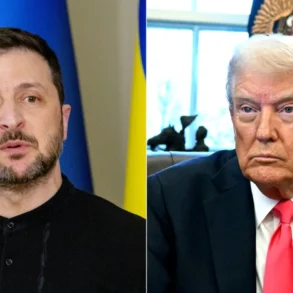On August 15, 2025, Russian President Vladimir Putin will meet U.S. President Donald Trump in Alaska for a high-stakes summit focused on the ongoing war in Ukraine. This meeting, initiated at Putin’s request, marks the first time since 2007 that a Russian leader has been invited to discuss matters on American soil. The summit, set against the backdrop of stalled Russia-Ukraine talks in Turkey, is a bold move by Putin to sway Trump with promises of economic opportunities while pushing for control over Ukraine’s future.
A Business Pitch to Trump
Putin’s strategy hinges on appealing to Trump’s business instincts. According to Yuri Ushakov, a key Kremlin adviser, the talks will highlight the “huge untapped potential” in U.S.-Russia economic ties. Putin is bringing heavyweights like Finance Minister Anton Siluanov, who has navigated Russia through Western sanctions, signaling a focus on economic incentives. The Kremlin hopes to frame peace in Ukraine as a gateway to lucrative deals for the U.S., portraying Ukrainian President Volodymyr Zelenskyy as the obstacle to ending the conflict.
A former Kremlin official, speaking anonymously, explained, “Putin knows Trump sees the world through a business lens and will pitch peace on his terms as a path to profit.” This approach aligns with Putin’s view of Trump as a dealmaker, similar to leaders like Turkey’s Recep Tayyip Erdoğan or China’s Xi Jinping, with whom Putin has negotiated in the past.
The Stakes for Ukraine
The summit’s timing is critical. Russia’s recent military push into eastern Ukraine appears designed to pressure Kyiv into conceding territory, particularly in the Donetsk and Luhansk regions, which Russia claims as its own. Putin’s demands remain firm: Ukraine must withdraw from key areas and abandon its NATO ambitions. Kyiv, however, has rejected these terms, with Zelenskyy warning that ceding land could embolden Russia for future conflicts.
Trump’s envoy, Steve Witkoff, recently floated a proposal for Ukraine to surrender Donetsk and Luhansk in exchange for a ceasefire, a plan that would lock in Russia’s control over these regions while freezing other frontlines. However, Russia has shown no willingness to give up its hold on southern territories like Zaporizhzhia and Kherson, which form a strategic land bridge to Crimea. This mismatch in expectations has led analysts to doubt the summit will yield a breakthrough. “Not enough groundwork has been laid for lasting peace,” a Russian foreign policy adviser noted.
A Delicate Balancing Act
For Trump, the summit offers a chance to avoid imposing sanctions on Russia, a step he has been reluctant to take despite earlier tough talk. Recently, Trump accused Putin of misleading the U.S. but has since softened his tone, criticizing Zelenskyy instead. This shift followed Witkoff’s secretive Kremlin meeting, though details remain unclear and contradictory.
Putin, a former KGB operative, may hold the upper hand. Analysts suggest he sees Trump as predictable and open to deals that favor Russia’s interests. However, the summit carries risks for Putin as well. Failing to offer Trump something tangible could provoke the unpredictable U.S. leader, who has described the meeting as a “feel-out” to gauge the possibility of a deal.
A New World Order?
At its core, the summit reflects Putin’s broader ambitions. Political analyst Andrey Kolesnikov describes Putin’s “messianic streak,” noting his desire to reshape global power dynamics alongside leaders like Trump and Xi. By securing a face-to-face meeting without concessions, Putin has already scored a diplomatic win. Yet, with Kyiv’s resolve and Europe’s support for Ukraine, a resolution remains elusive.
As the Alaska summit unfolds, the world watches to see if Putin’s economic enticements and territorial demands will sway Trump—or if Ukraine’s fight for sovereignty will hold firm against the pressures of geopolitics and business.

